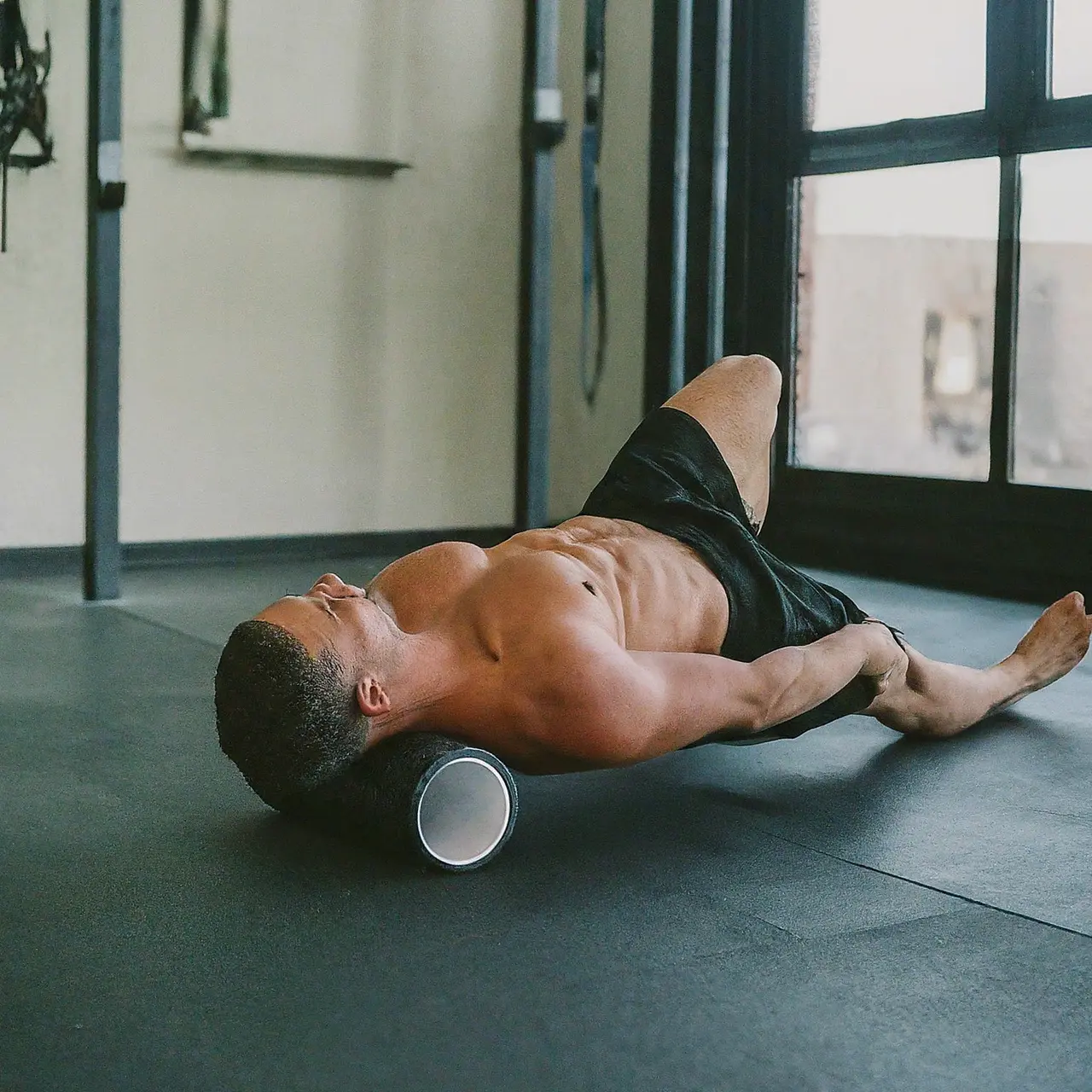From the relentless sunrise jogs along the American River to the grueling training sessions under Sacramento’s skyline, our city’s athletes push their limits daily. But as every seasoned athlete knows, recovery is just as crucial as the workout itself. In this listicle, we dive into the top five performance recovery therapies that can help Sacramento competitors stay at the top of their game, heal faster, and improve overall well-being.
1. Floatation Therapy: Buoyancy Bliss
Imagine floating effortlessly, as if weightlessness in space, where every muscle in your body is allowed to rest and recuperate. Floatation therapy, also known as sensory deprivation, involves lying in a pod filled with a high-density Epsom salt solution, creating an environment that supports the body without pressure points. This therapy not only facilitates deep muscle relaxation but also promotes better sleep patterns, a crucial component of any athlete’s recovery phase.
For athletes in Sacramento, the benefits of floatation therapy extend beyond physical restoration. The solitude of the pod allows for a mental detox, helping to clear the mind of the stresses and strains of rigorous training regimes. Visualization techniques employed during sessions aid in psychological preparation for upcoming events, sharpening focus and improving overall performance.
2. Cryotherapy: The Ice-Cold Game Changer
Cryotherapy has surged in popularity amongst the athletic community for its swift and effective recovery benefits. Subjecting the body to extremely cold temperatures for a short duration triggers anti-inflammatory responses, speeding up muscle recovery. This therapy not only reduces pain and swelling but is also credited with boosting immune response and increasing energy levels. Localized treatments can target specific areas, whereas whole-body sessions offer a comprehensive recovery solution.
3. Compression Therapy: Squeeze Your Way to Recovery
Compression therapy employs specially designed boots or sleeves to rhythmically squeeze the limbs, enhancing blood circulation and accelerating the removal of lactic acid from the muscles. This not only alleviates soreness and reduces recovery time but also minimizes fatigue. The gentle pressure mimics the body’s natural muscle contractions, promoting lymphatic function and reducing the risk of deep vein thrombosis. Compression therapy is a must-try for runners and cyclists who put immense strain on their lower limbs.
4. Hyperbaric Oxygen Therapy: Breathe Life into Your Muscles
Hyperbaric oxygen therapy involves breathing pure oxygen in a pressurized room or tube. This high-oxygen environment allows for a greater intake of oxygen by the body’s tissues, accelerating the healing process. It’s particularly beneficial for treating sports injuries, enhancing the recovery of soft tissue and bone. The therapy also reduces inflammation and improves stamina by increasing stem cell production, a boon for athletes seeking a competitive edge.
5. Electrical Muscle Stimulation: Shockingly Effective
Electrical Muscle Stimulation (EMS) uses electrical impulses to create involuntary muscle contractions, mimicking the action of the central nervous system but at a higher intensity. This can lead to improved muscle strength and endurance, quicken recovery times, and decrease muscle soreness after intensive workouts. EMS is particularly useful for athletes during rehabilitation periods, allowing them to maintain muscle mass and strength without the stress of physical strain.


